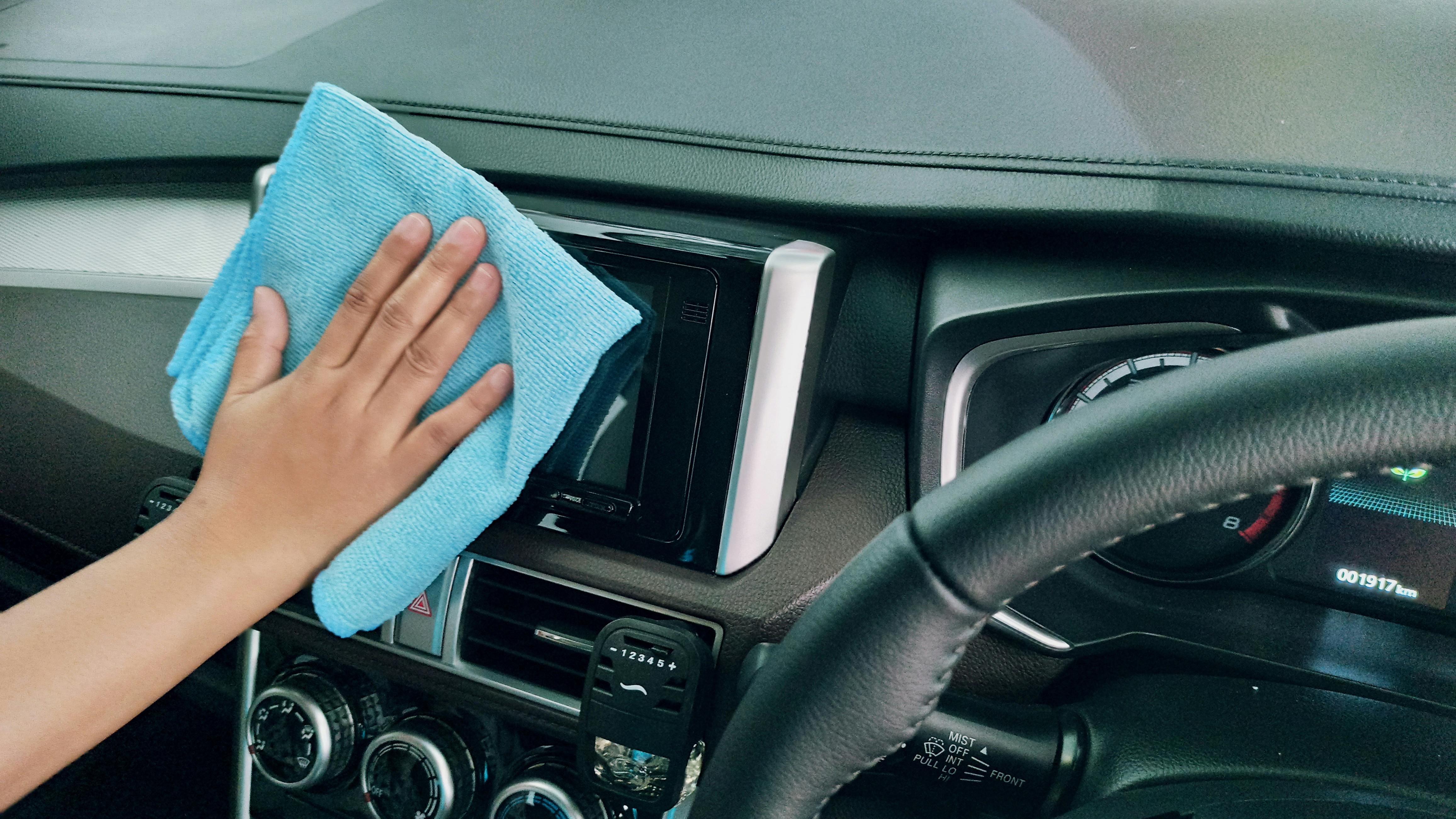Ferdinand Porsche was born in Reichenberg. At that time, that area was known as North Bohemia and later it was changed to Czechoslovakia. At the age of 18, Ferdinand Porche was recommended for a job in Vienna with Bela Egger, due to his remarkable mechanical aptitude. While he was in Vienna, he snuck into some evening classes at the Technical University. This is the only formal (albeit fairly informal) training you have received.
After spending five years in Vienna, he got his first job in the automotive field. This work was with Jacob Lohner, who in 1900 teamed up with Porsche to create the ‘System Lohner-Porsche’ electric car that made its debut at the World’s Fair in Paris. This wonderful machine began to make a name for itself by setting several land speed records in Austria at more than thirty-five miles per hour. Porsche then began using internal combustion engines from Daimler and Panhard to power wheel-mounted electric motors. The new system was called ‘System Mixt’ and it set more speed records. In 1905 Porsche won the Poetting Prize which recognized him as the most outstanding automotive designer in Austria. Porsche was now well on its way, gaining recognition in Europe. In 1906, Porsche took a position with Daimler as chief designer and in 1910 produced a sleek and attractive 85 horsepower car for the Prince Henry Trial. The car was nicknamed Prince Henry as three different models won the first three places in the test.
In 1916, after focusing for nearly a decade on war machines and aircraft engines, Porsche became CEO. The following year, Porsche received its highest honor; a doctorate from the Technical University of Vienna. It meant a lot to him because of the time he spent sneaking into class to learn. In the 1920s, Porsche increasingly moved toward lighter cars and racing, competing on climbs, speed tests, and rallies. Ferdinand Porsche was known for a strong explosive temper and was the cause of his separation from Austro-Daimler in 1923. During the great depression, Porsche was 55 years old and, despite his brilliance in car design, he was unemployed.
It was during this time that his son ‘Ferry’ Porsche, who was exemplary in mathematics, joined his father in a consulting firm. This company got involved in creating a small and light car for the masses, this car was the direct ancestor of Volkswagen.
In December 1945, Ferdinand Porsche, Ferry Porsche, and Anton Piech were arrested as war criminals. Ferry was released shortly after, but Ferdinand Porsche and Anton Piech remained incarcerated without charge, with no scheduled trial but with a lease of 500,000 francs each. Ferry Porsche secured a contract with Piero Dusio, a wealthy industrialist, and used the money to win freedom not only from his father but also from Anton Piech on August 1, 1947, after spending almost twenty months in captivity in deplorable conditions. . Ferdinand’s health was bad. While Ferdinand Porsche was imprisoned, the company that bears his name produced the first car to bear his name.
In 1950 Ferdinand Porsche celebrated his 75th birthday and in November Ferry took his father for a last look at the Volkswagenwerk in Wolfsburg, where the VW Beetle was in full production. At the end of November, Ferdinand Porsche suffered a stroke from which he never recovered and succumbed to his health conditions on January 30, 1951. He left a multitude of legacies in his name.
